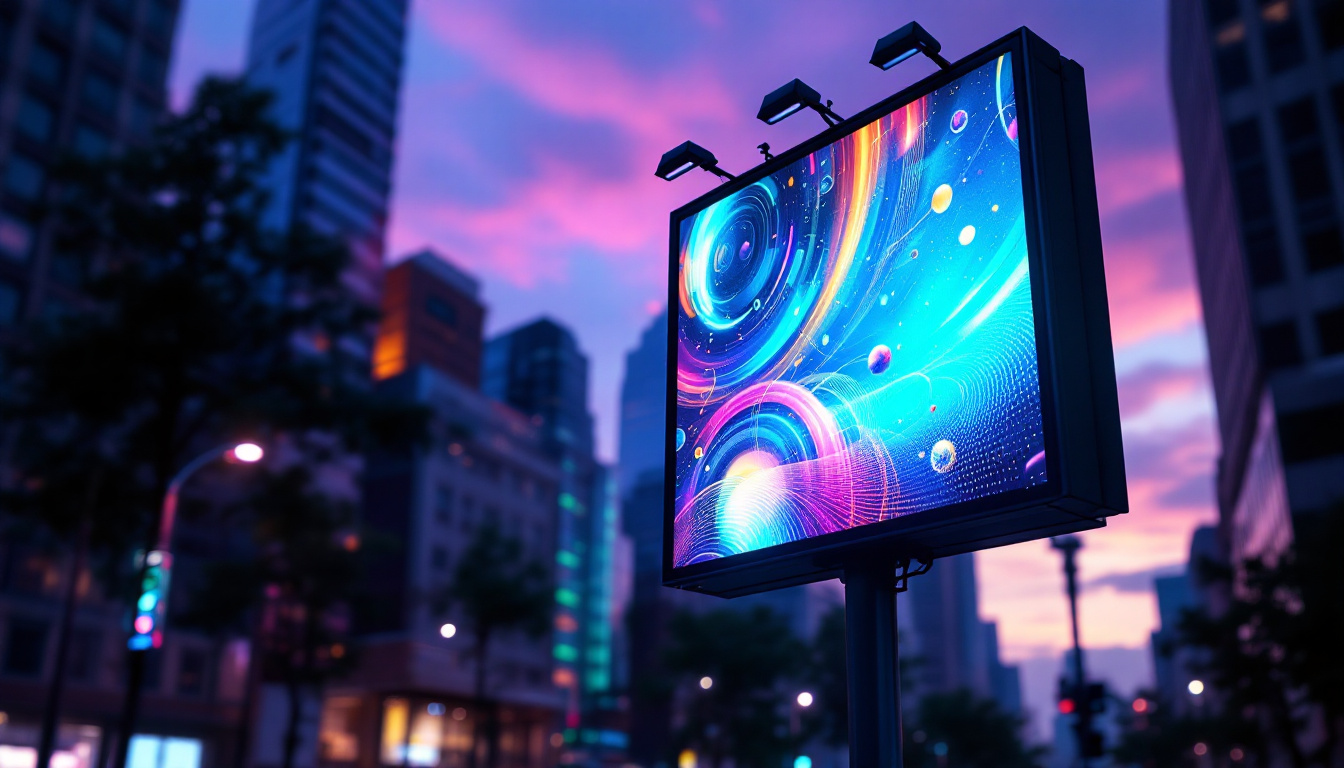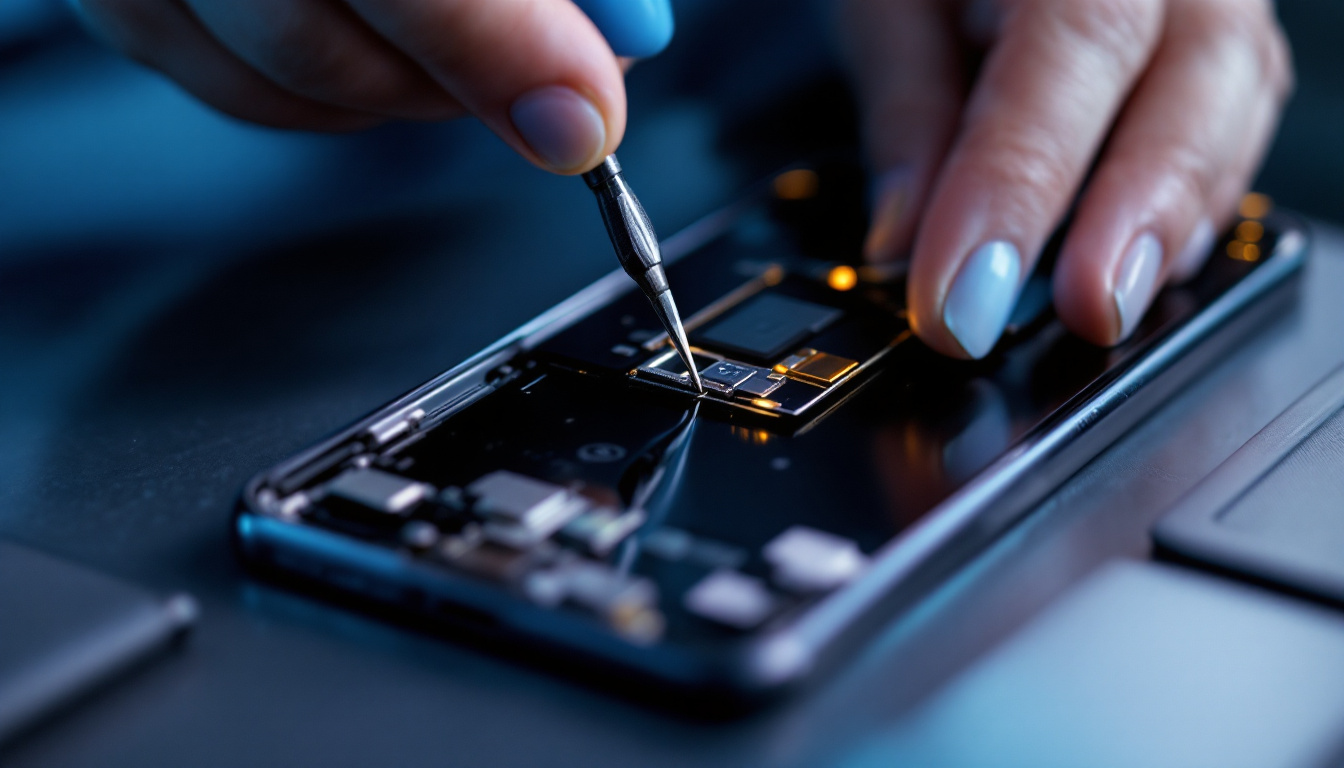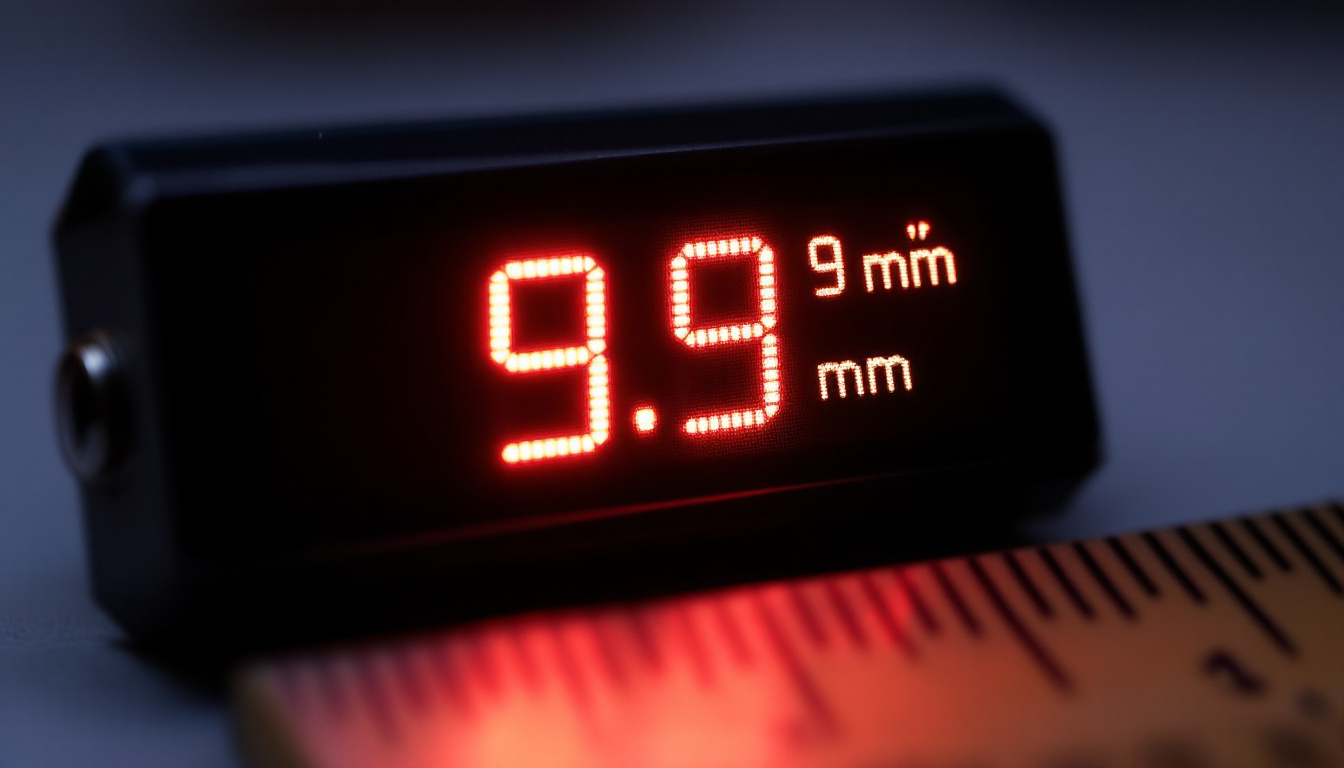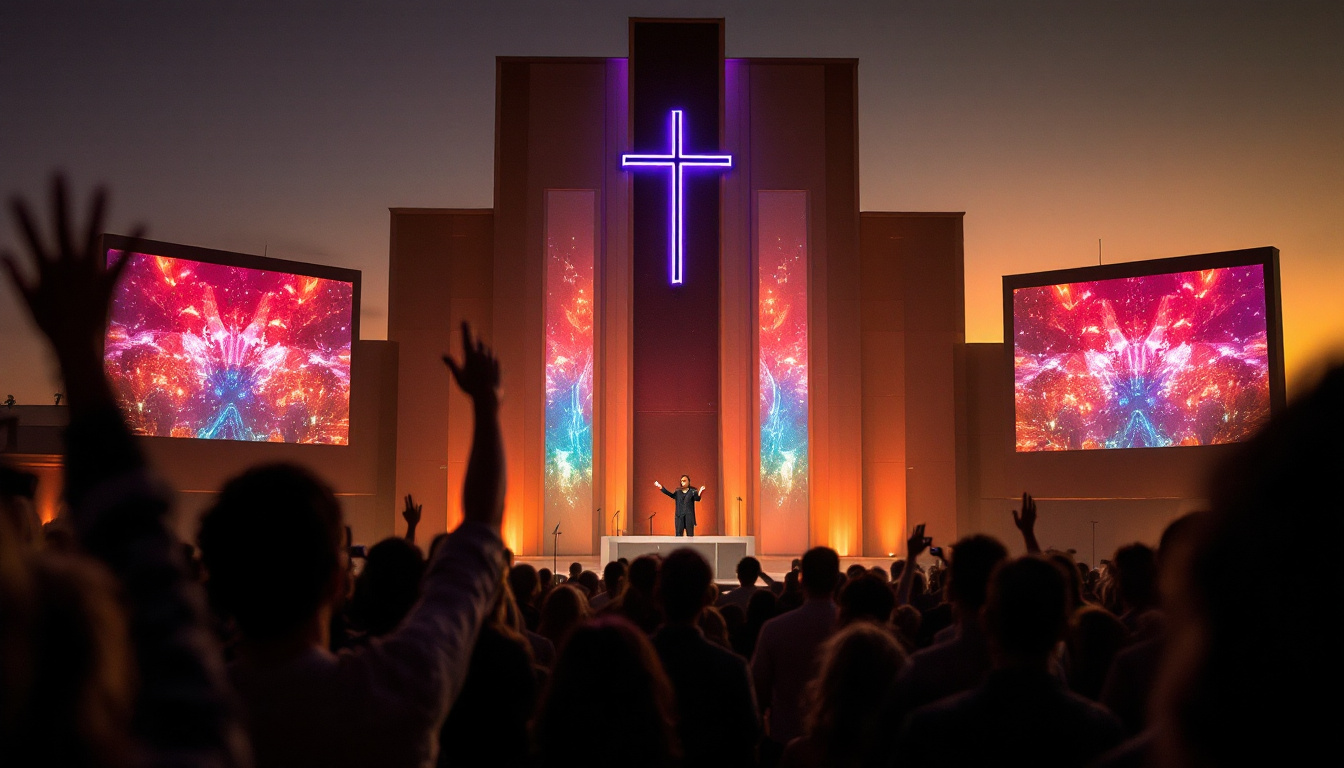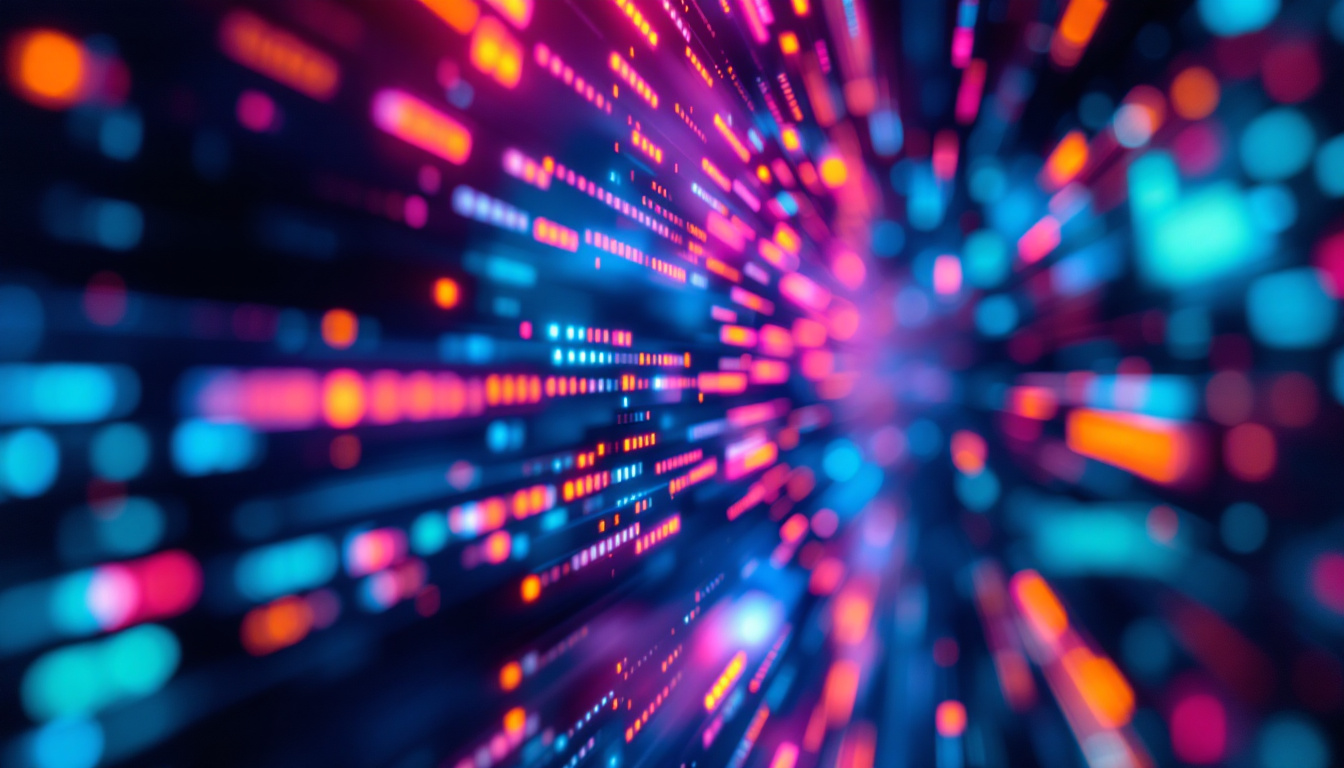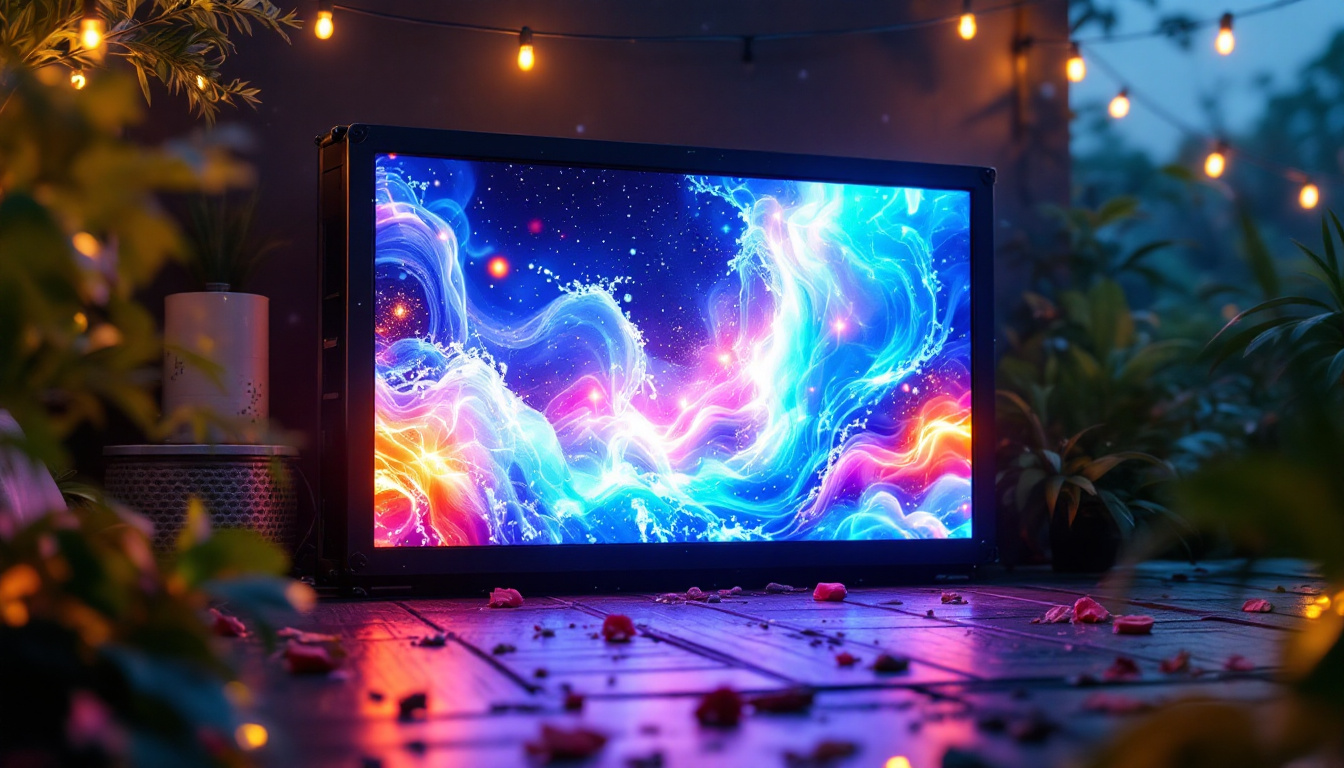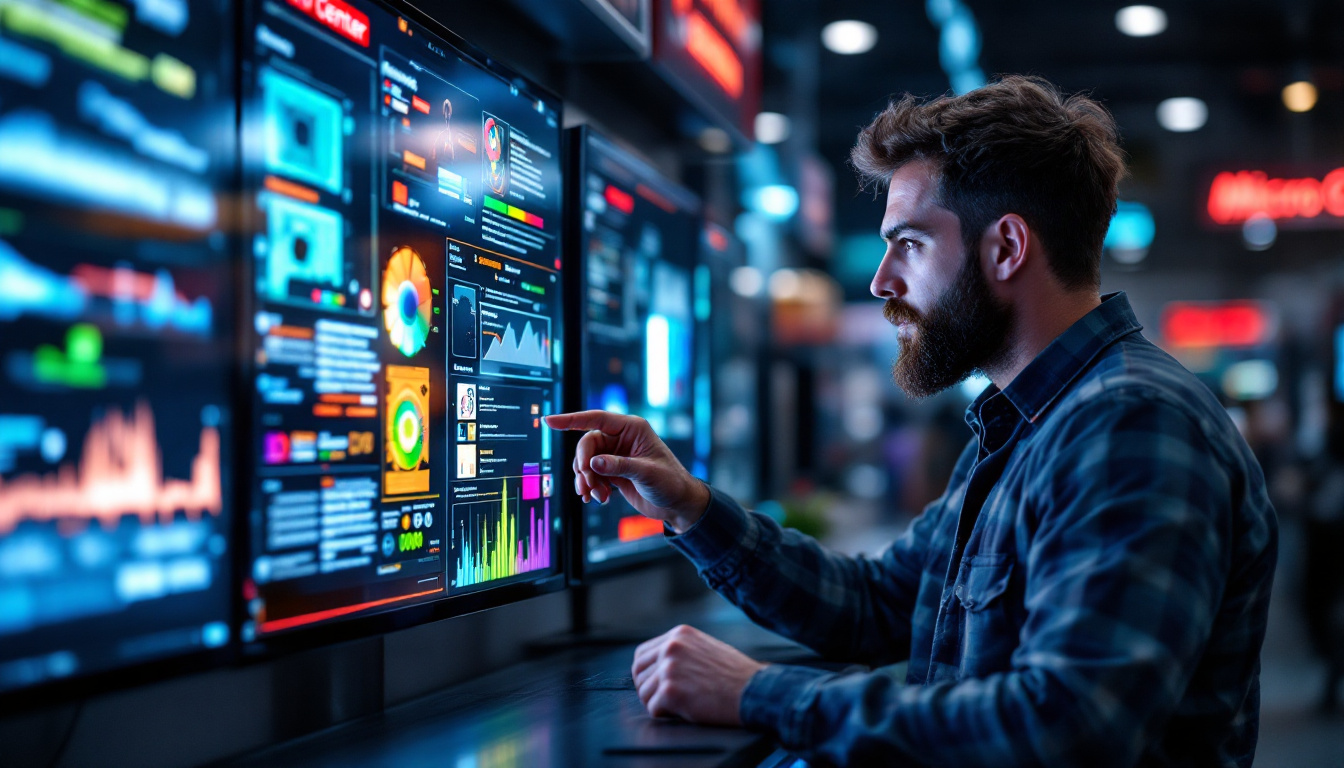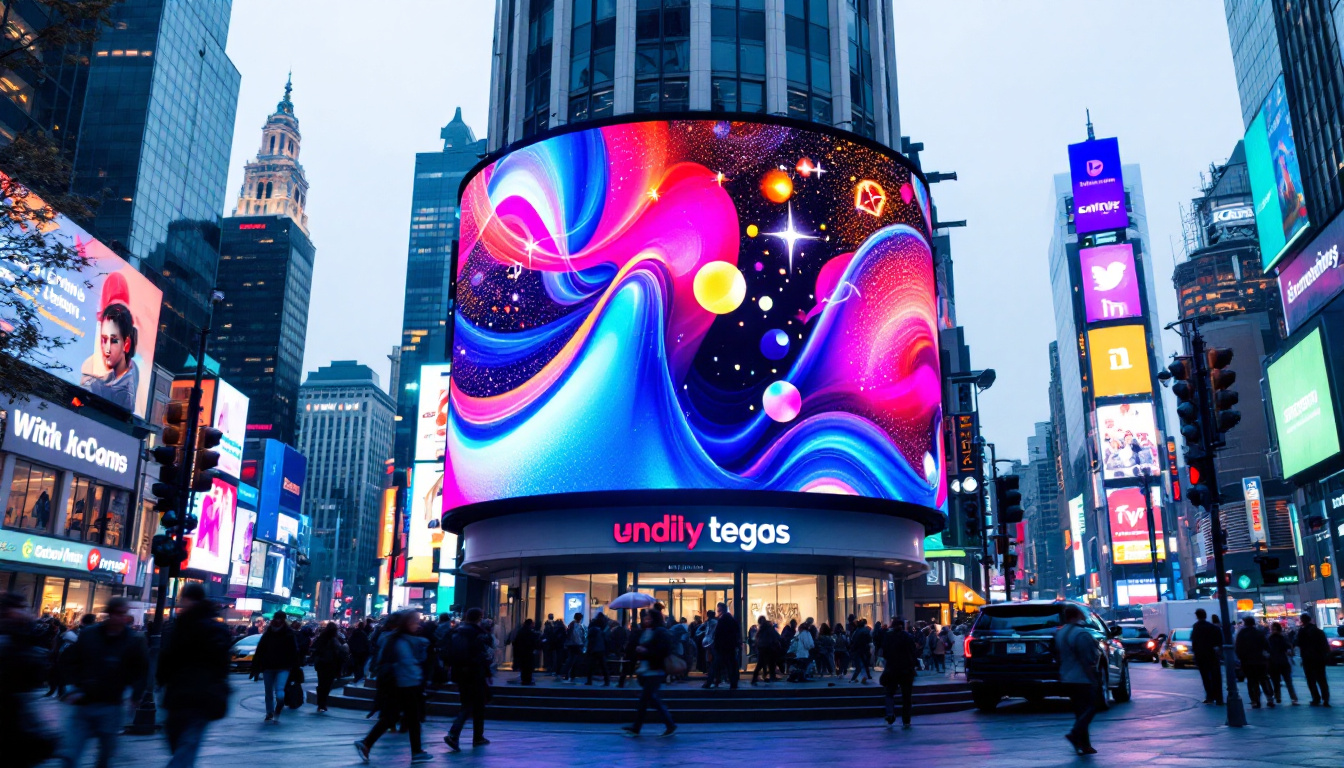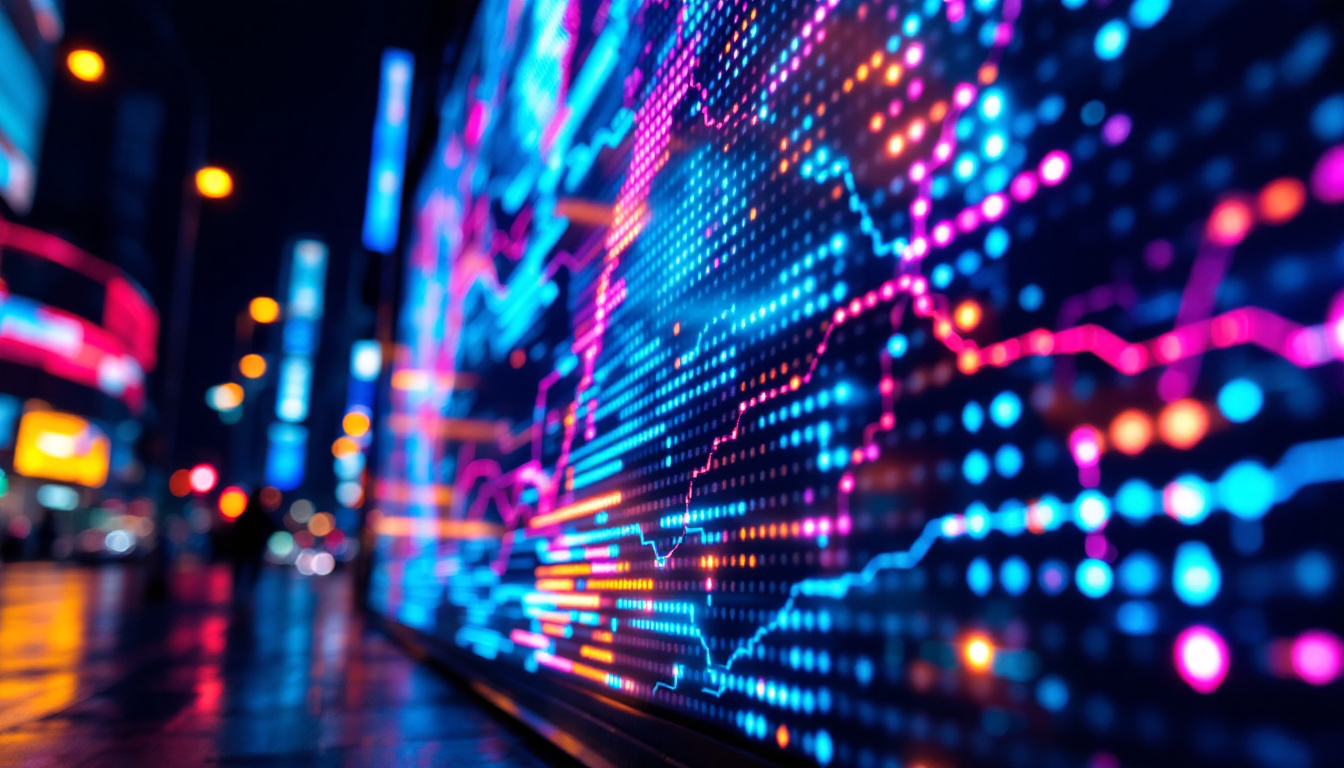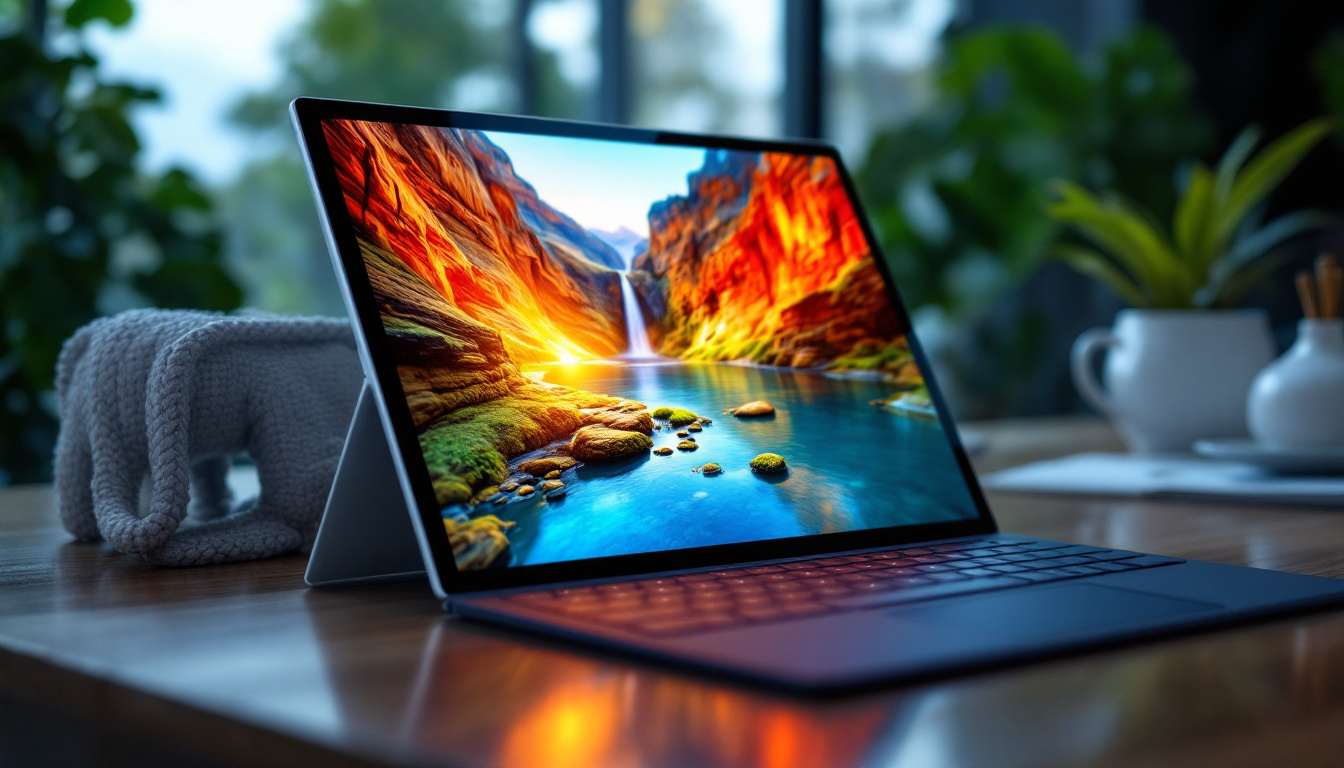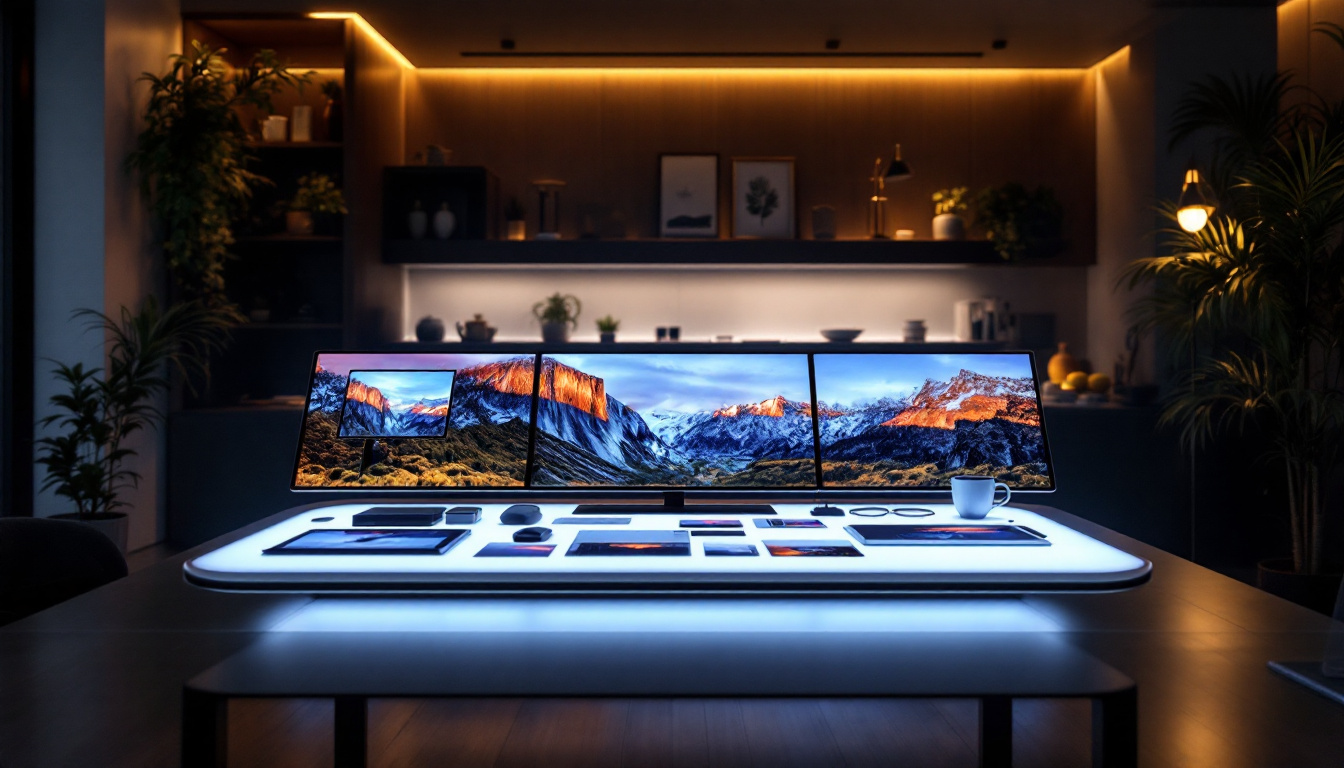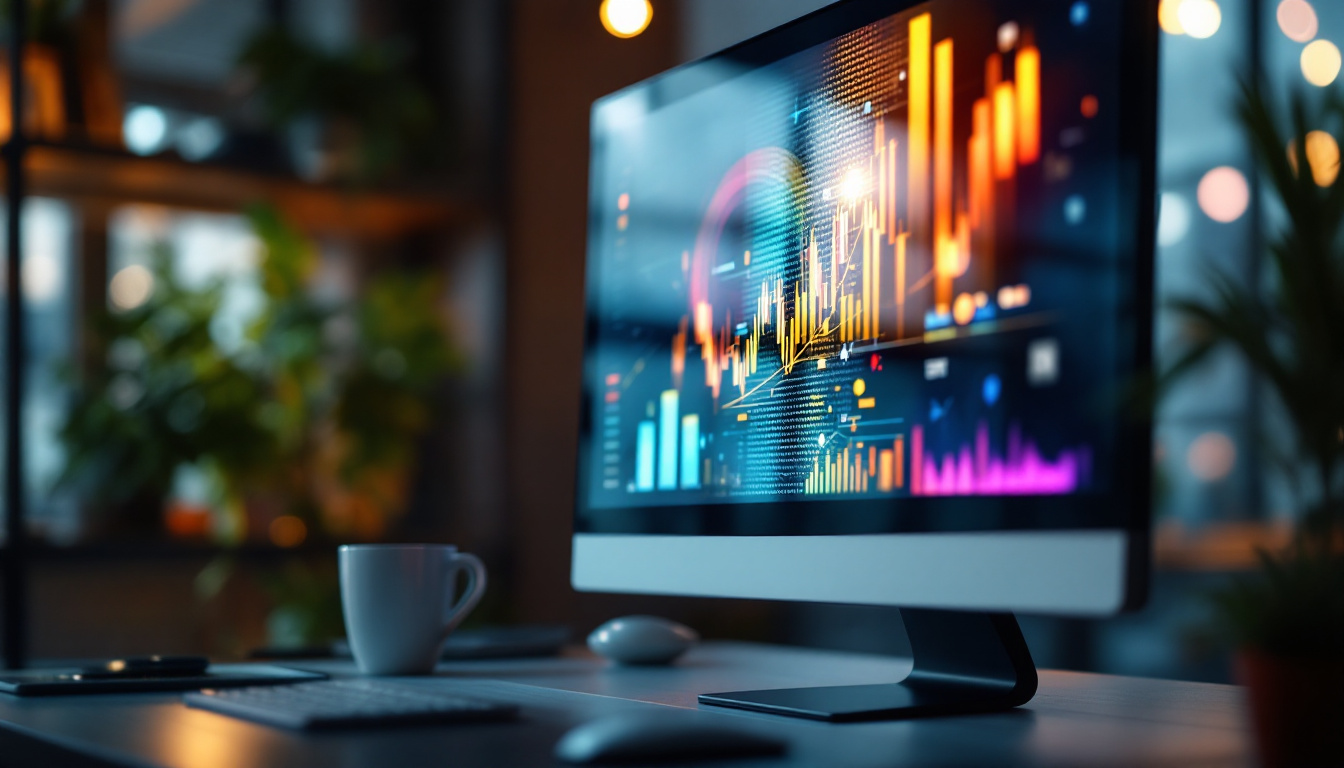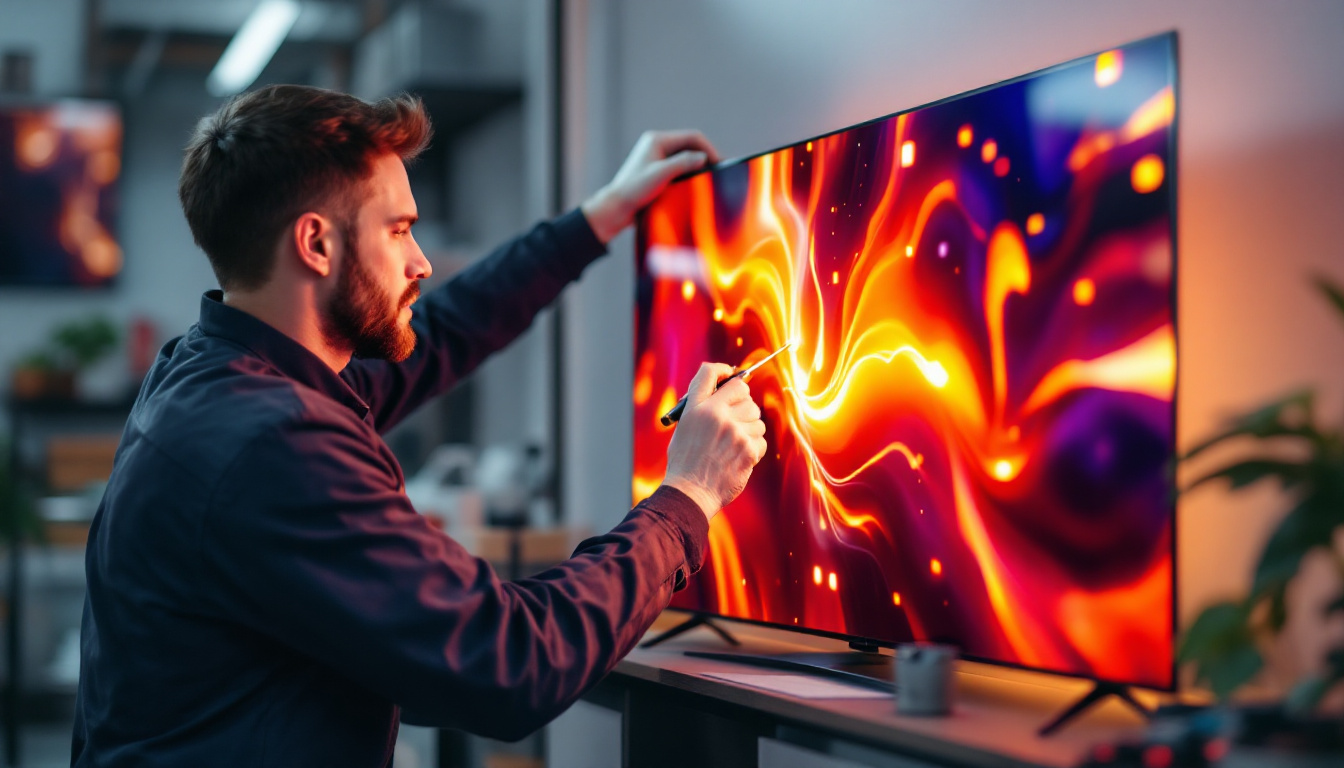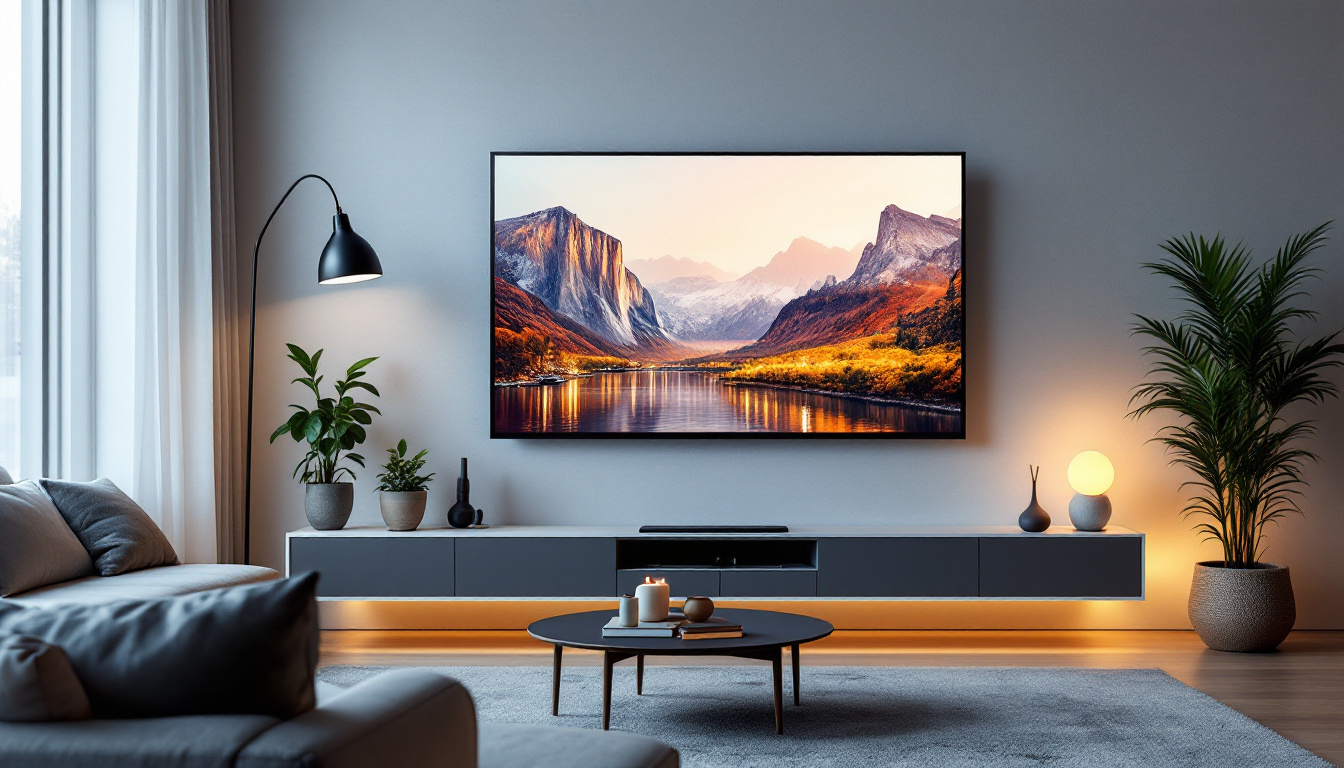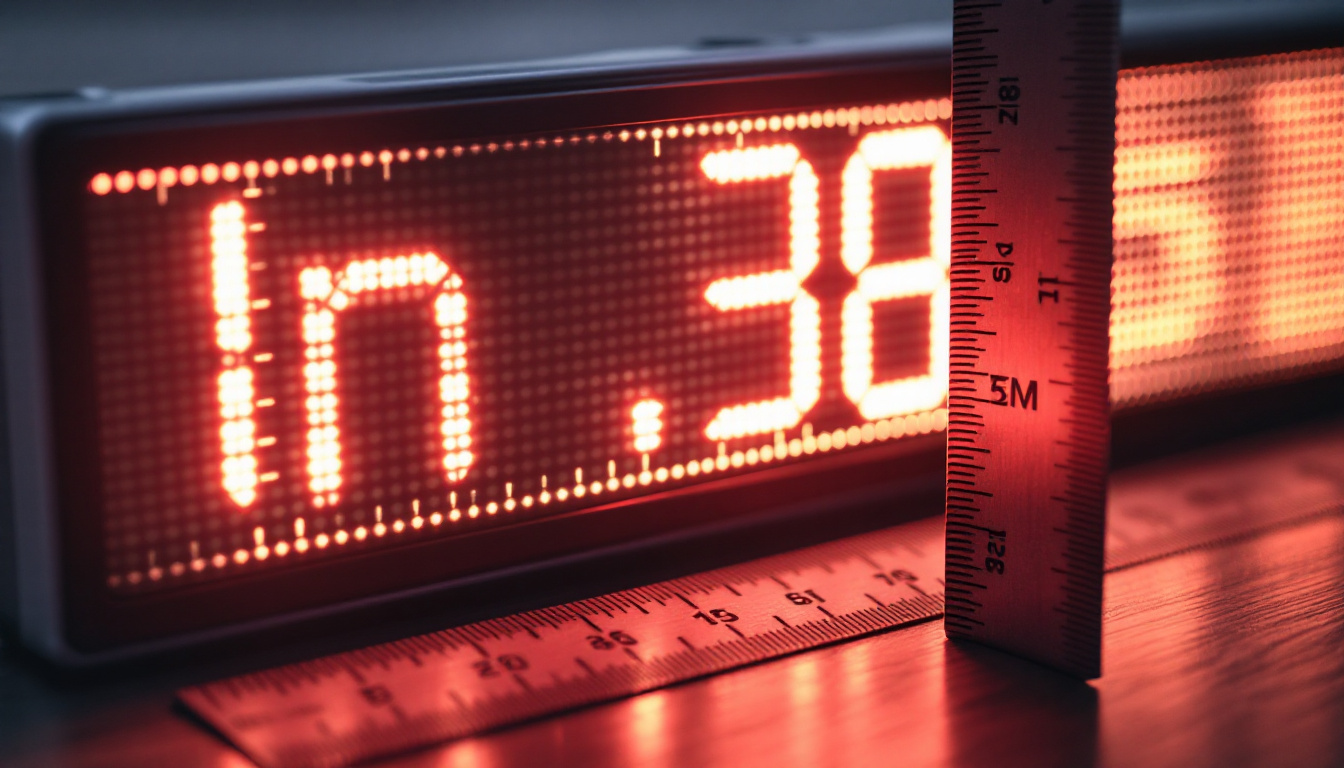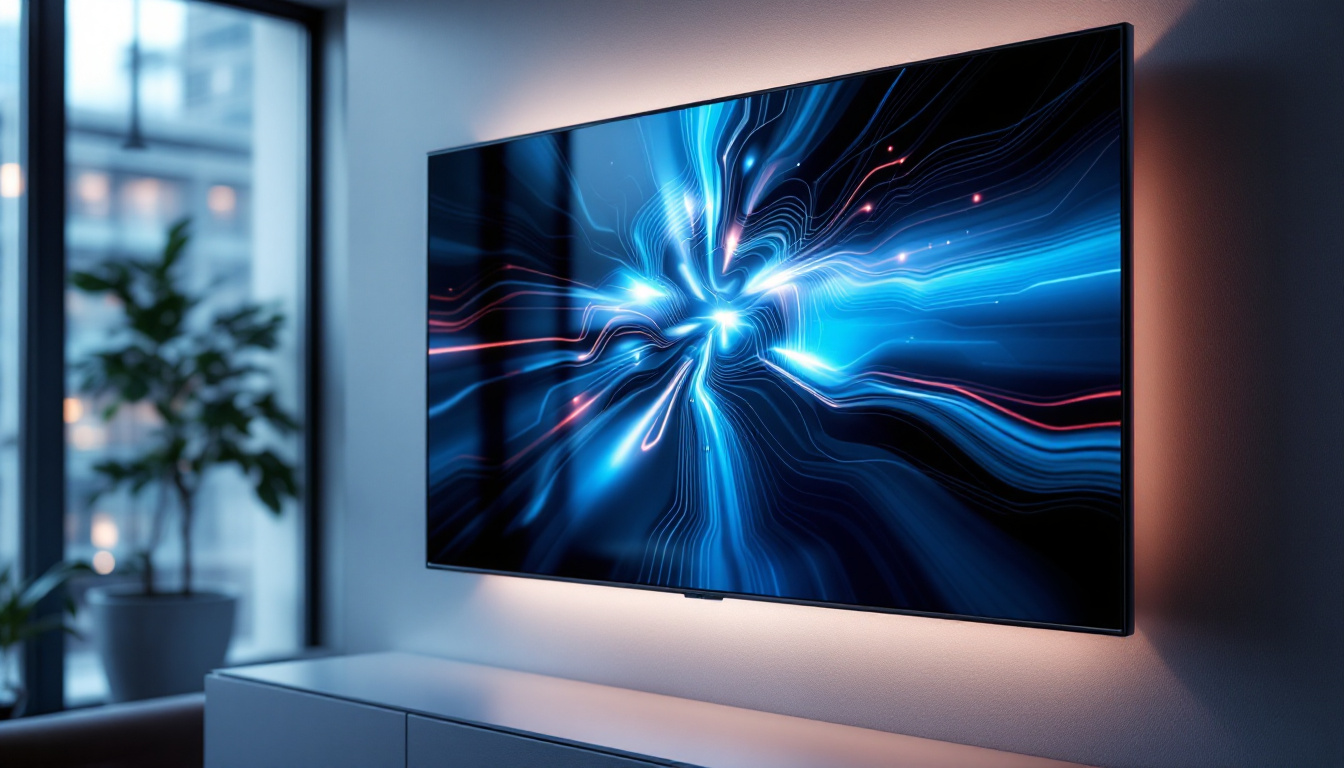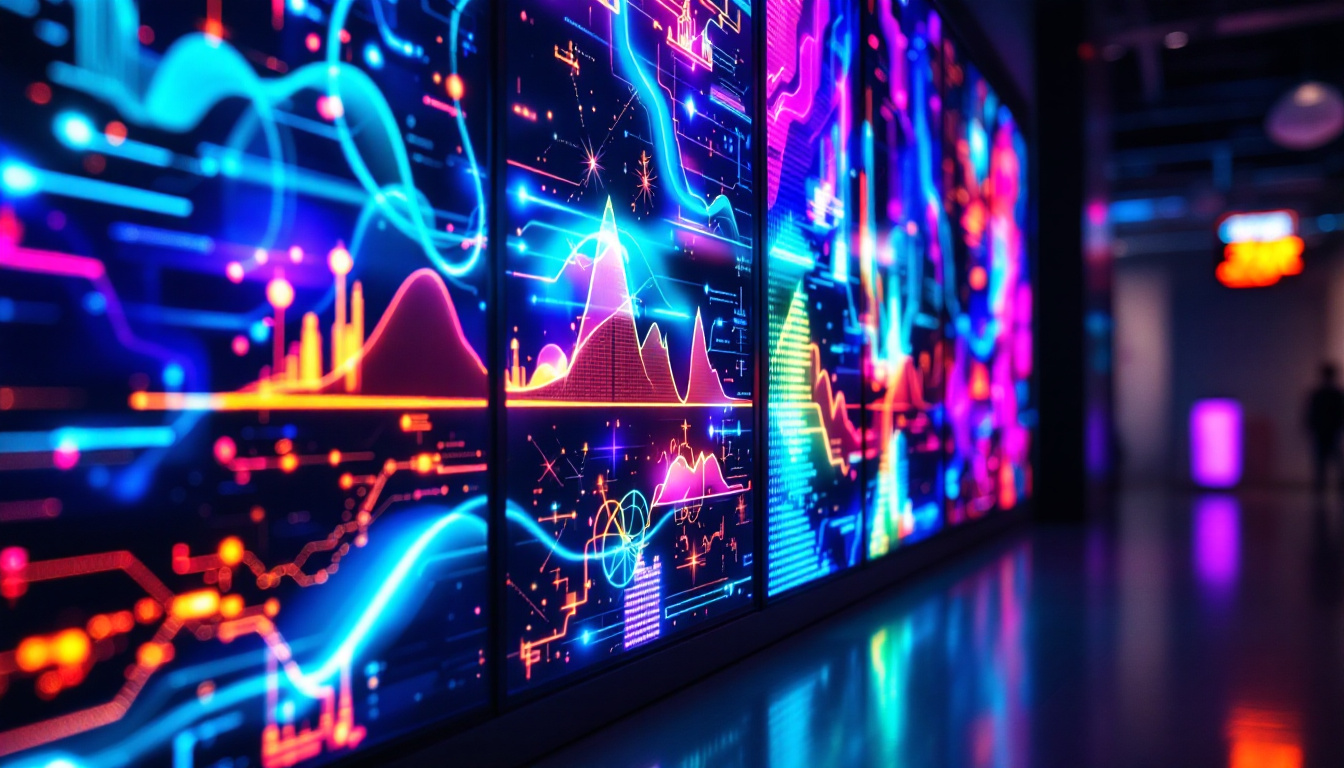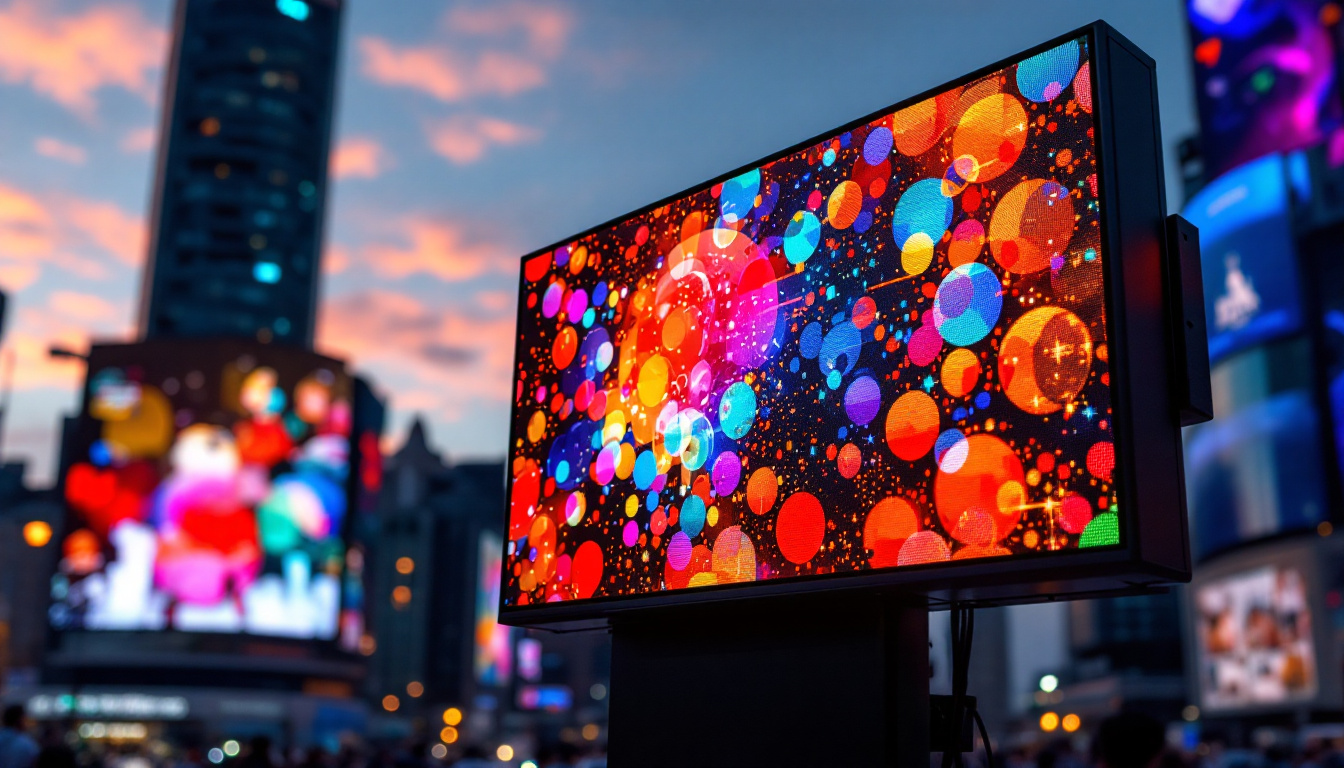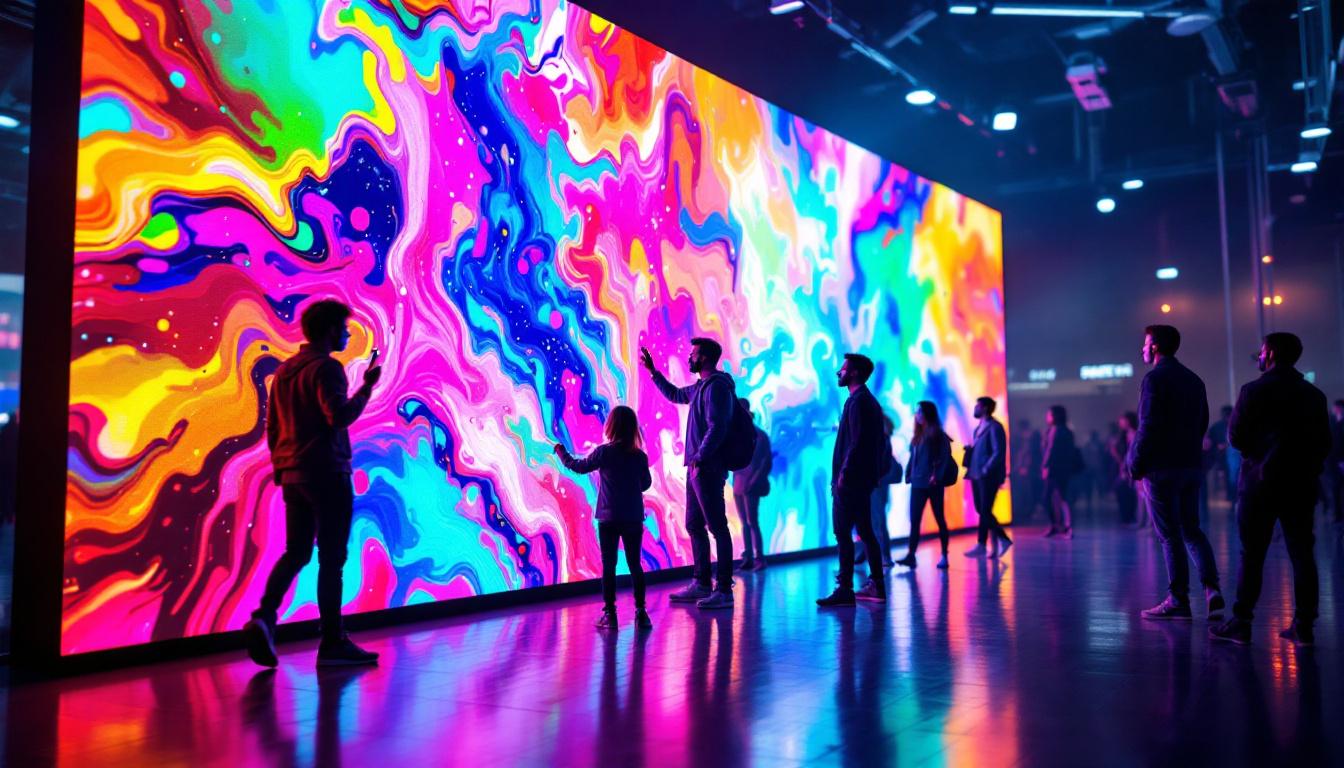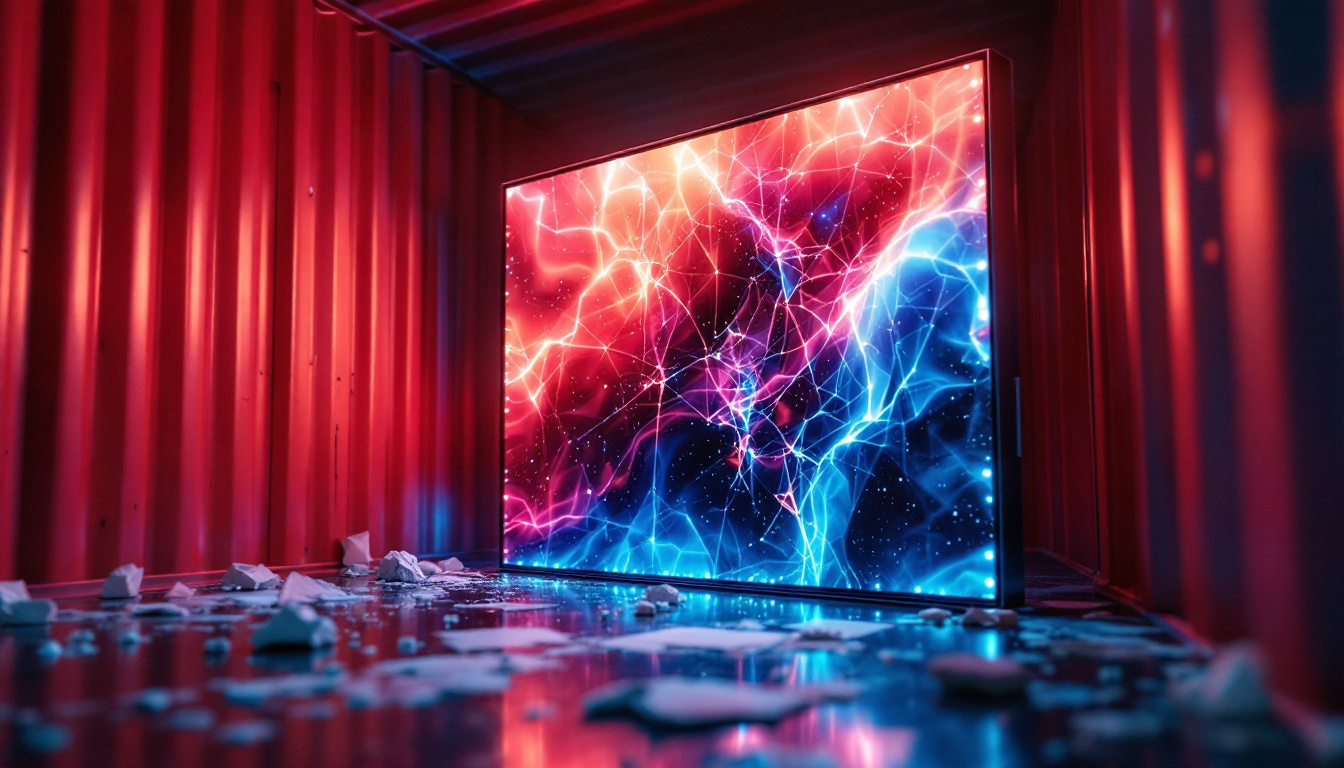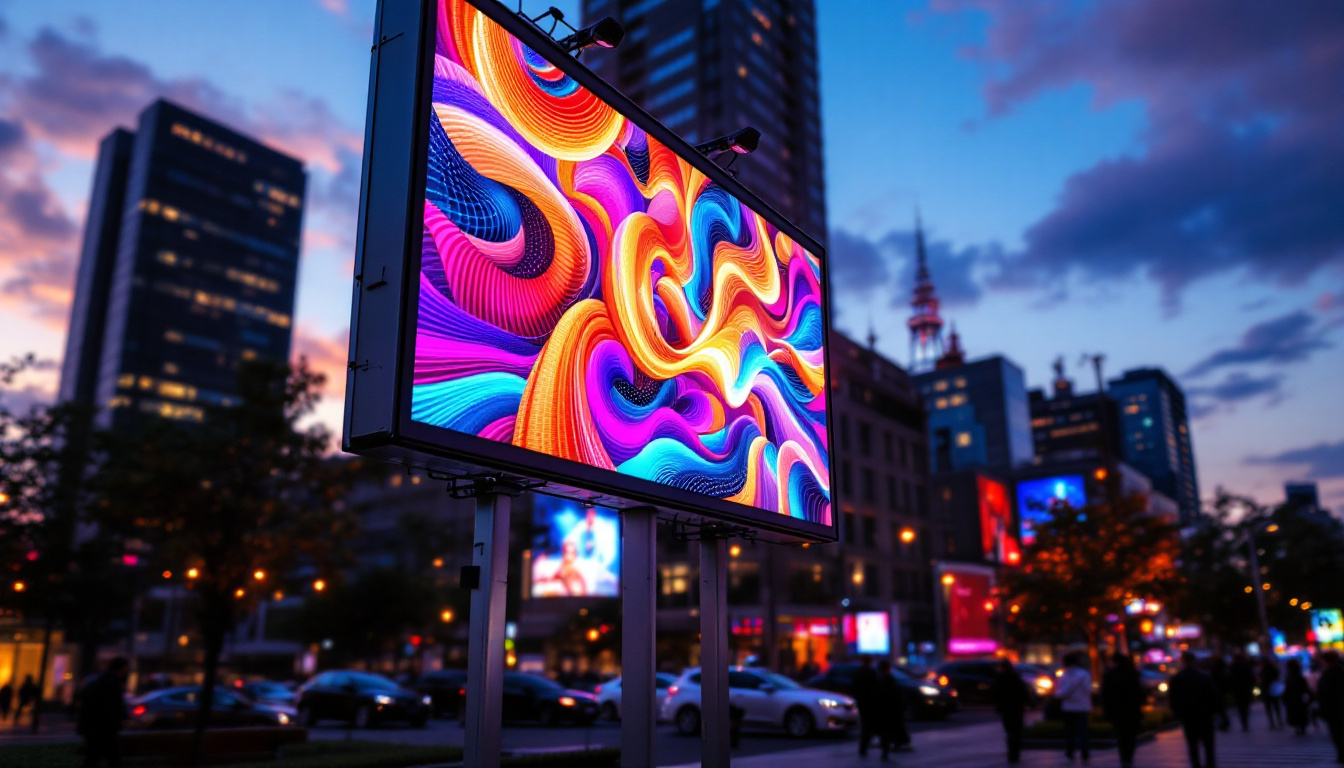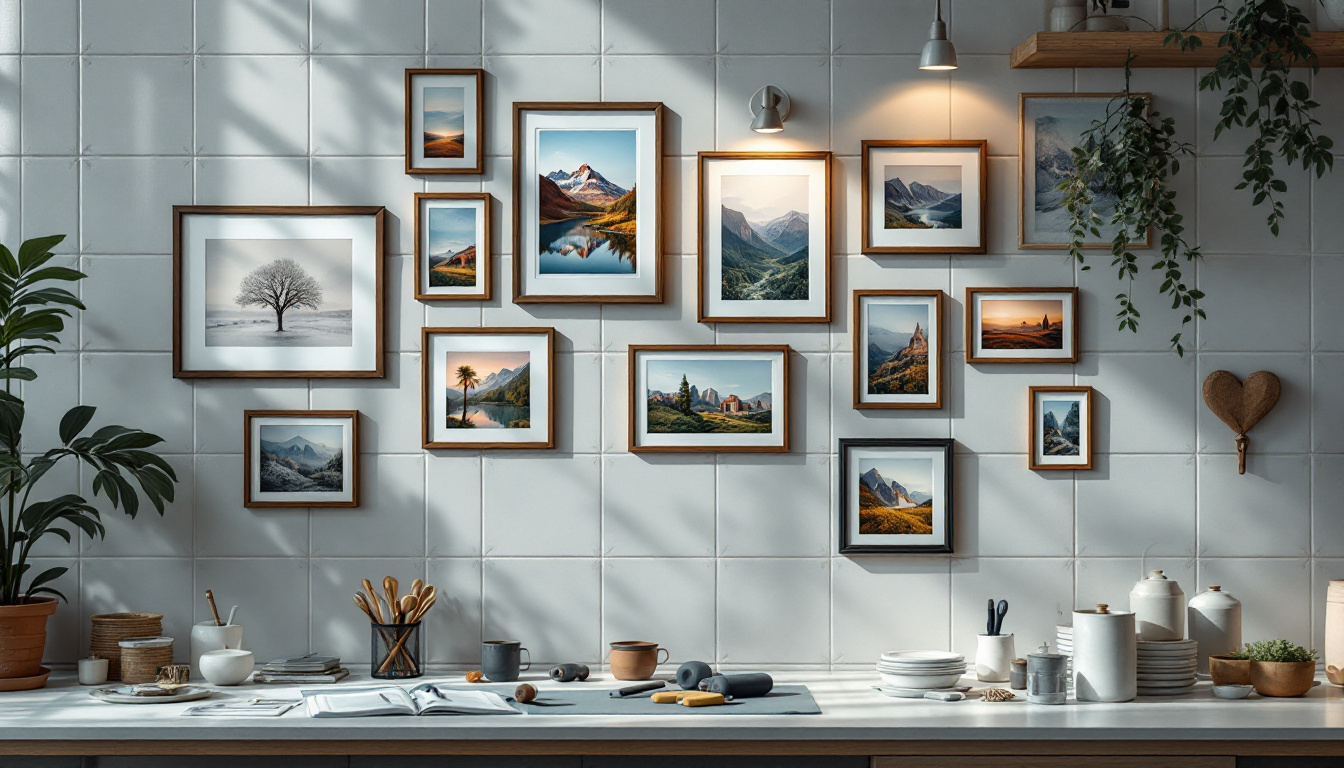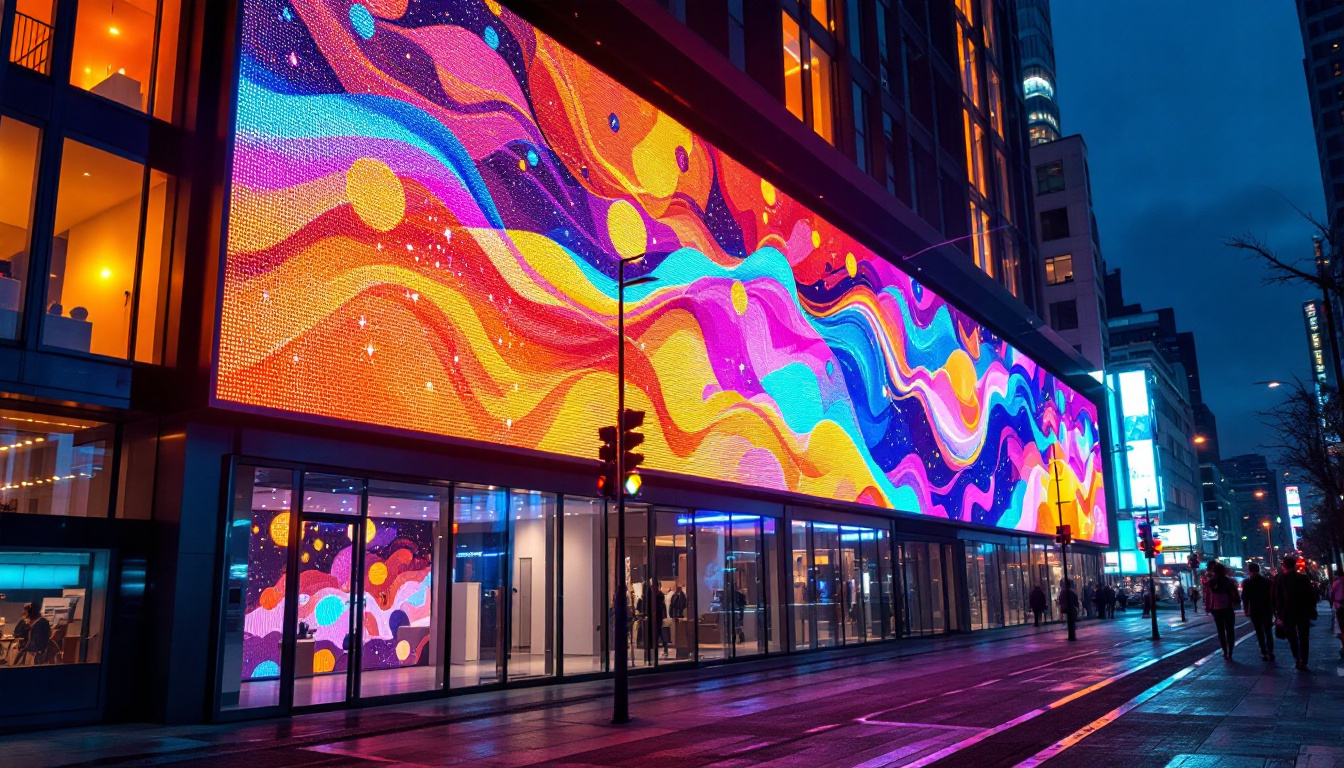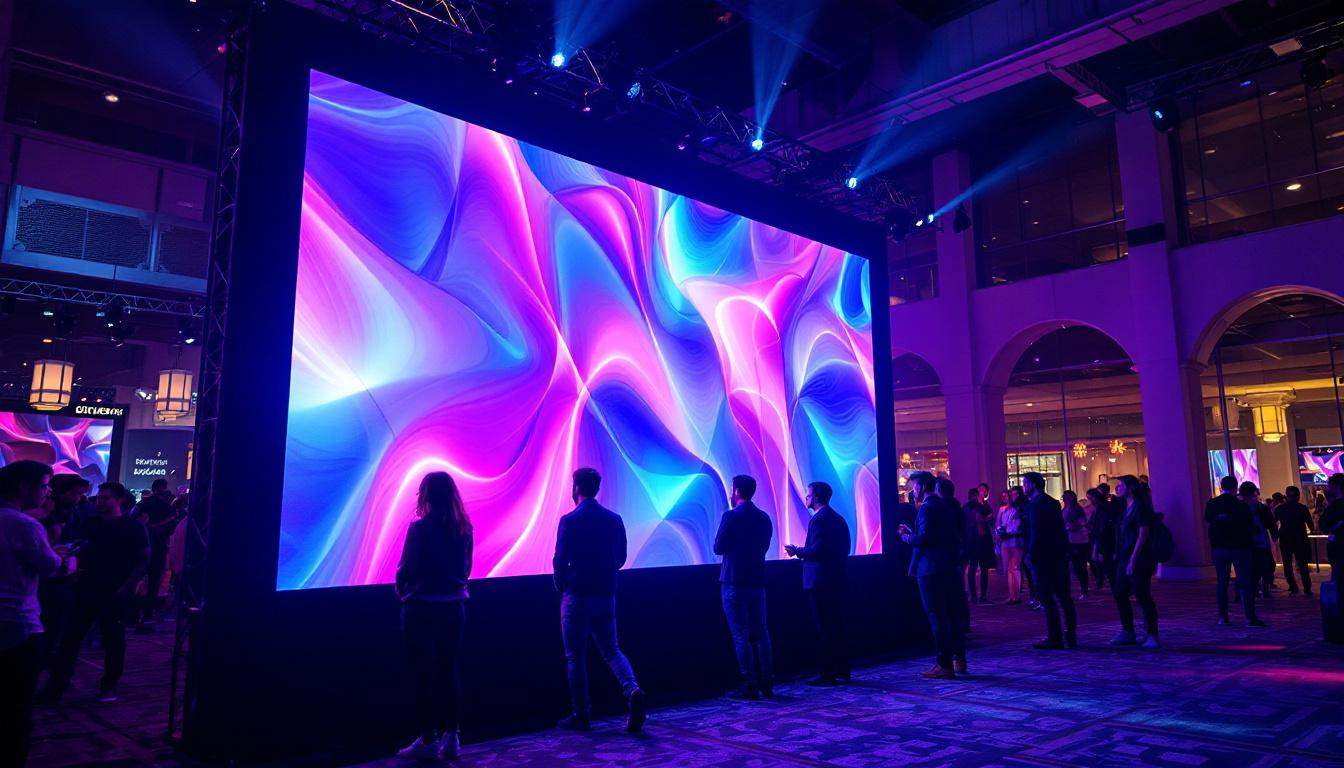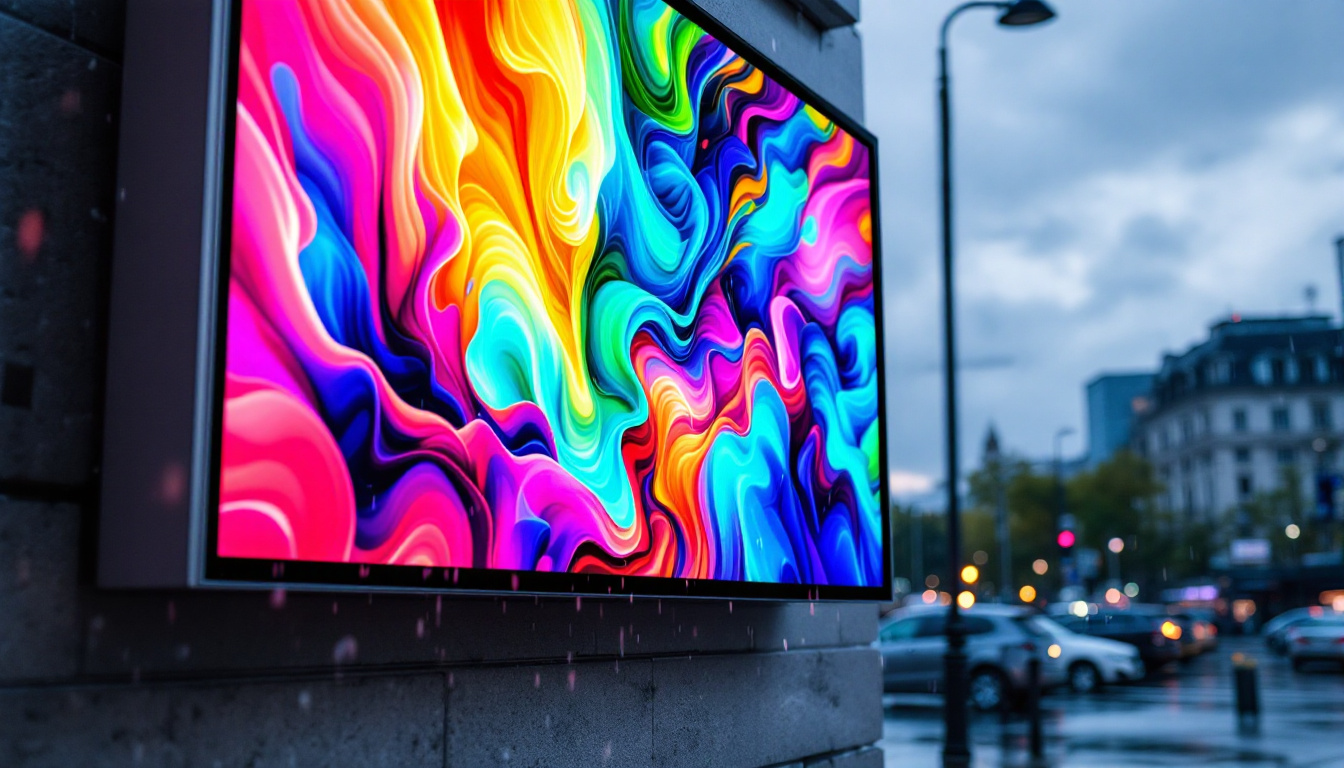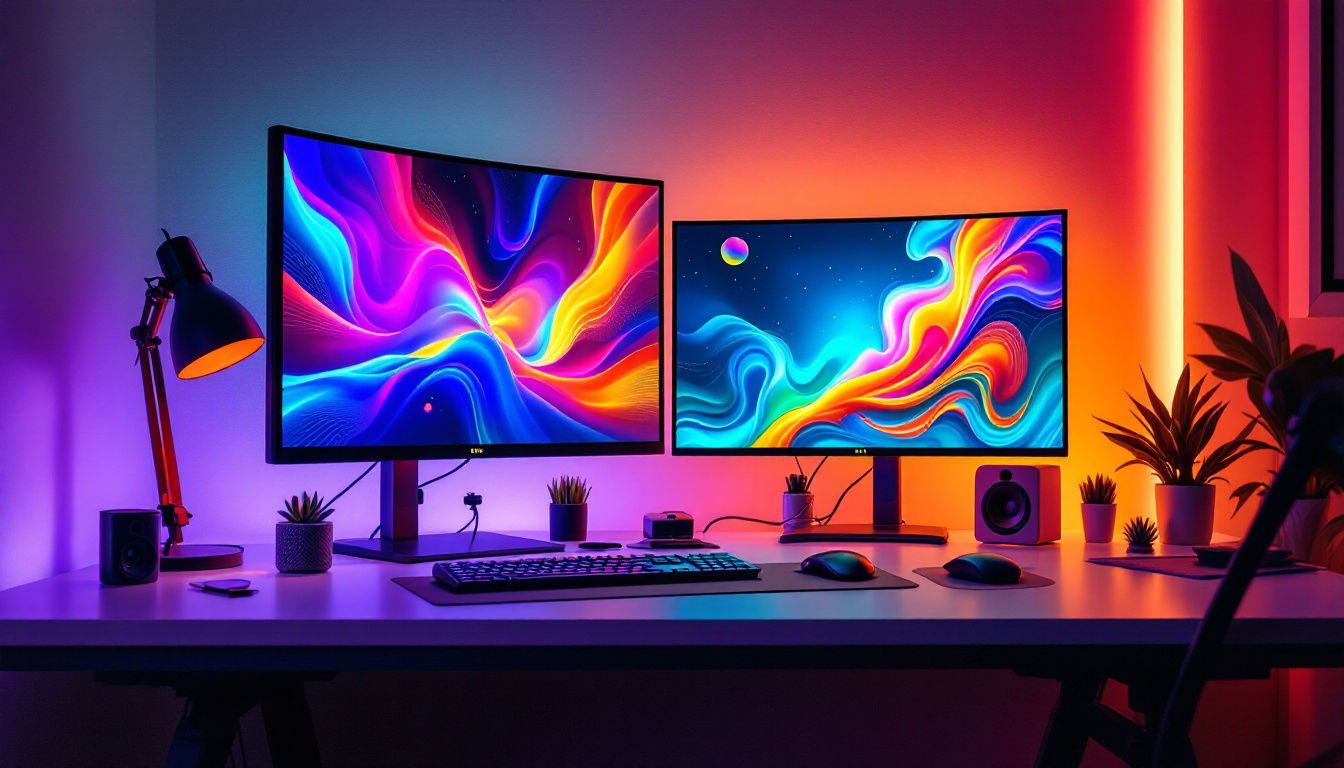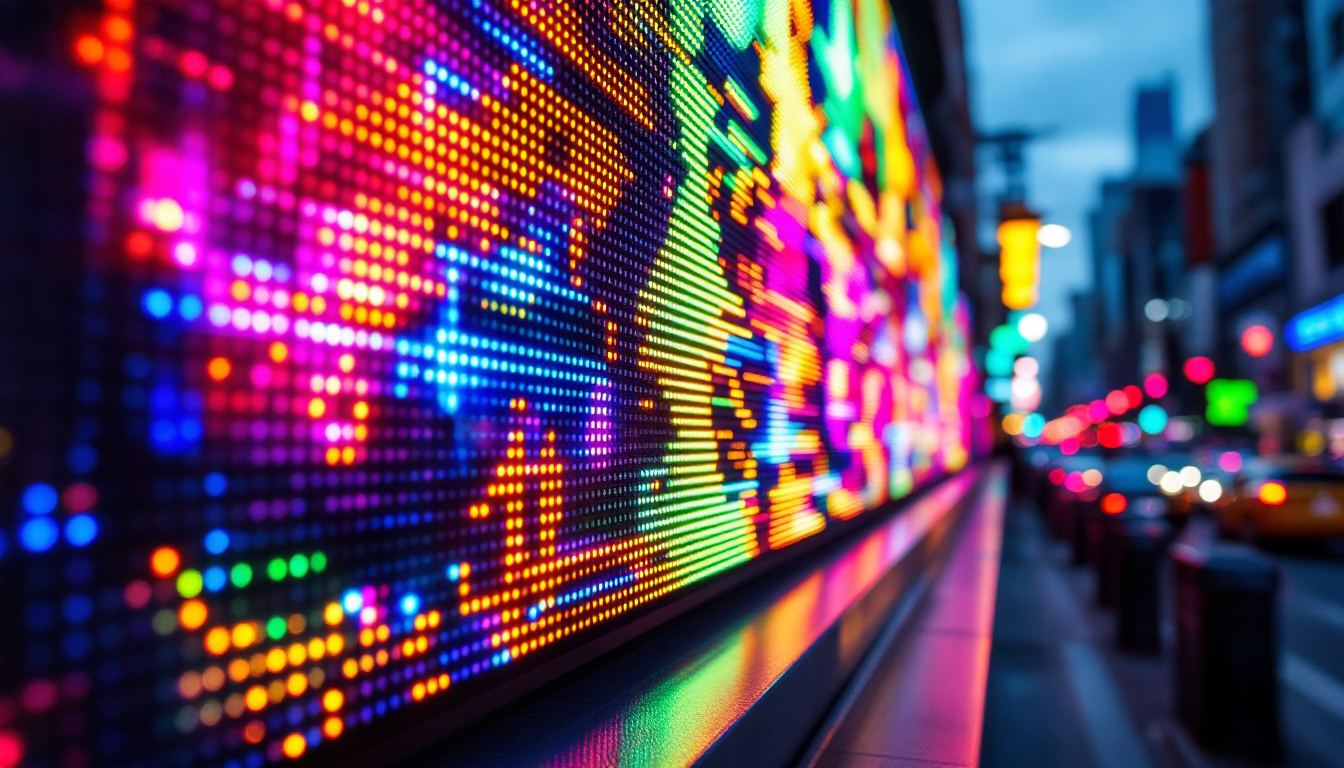In today’s fast-paced digital world, the way businesses communicate with their audiences has evolved significantly. One of the most impactful innovations in advertising is the LED advertising board. These high-tech displays have transformed the landscape of outdoor advertising, providing vibrant visuals and dynamic content that capture attention like never before. This article delves into the intricacies of LED displays, exploring their technology, benefits, applications, and future trends.
Understanding LED Technology
LED, or Light Emitting Diode, technology has become a cornerstone of modern display systems. Unlike traditional lighting methods, LEDs are energy-efficient and offer a longer lifespan, making them ideal for various applications, including advertising boards. This efficiency not only reduces energy consumption but also contributes to lower operational costs, making LED technology a preferred choice for businesses looking to enhance their visibility while being environmentally conscious.
How LEDs Work
At its core, an LED is a semiconductor device that emits light when an electric current passes through it. This process, known as electroluminescence, allows for the creation of bright and colorful displays. The combination of red, green, and blue LEDs can produce a wide spectrum of colors, enabling the vivid visuals that characterize modern advertising boards. The ability to control the intensity and color of each individual LED also means that dynamic content can be displayed, allowing for eye-catching animations and transitions that capture the attention of passersby.
LED displays consist of numerous tiny pixels, each made up of these colored diodes. When these pixels are illuminated in various combinations, they create images and videos that can be seen from great distances. This pixel-based structure is what gives LED displays their sharpness and clarity, making them an attractive option for advertisers. Furthermore, the modular design of LED screens allows for easy scalability; businesses can start with a small display and expand as needed, adapting to their growing advertising needs without significant overhauls.
Types of LED Displays
There are several types of LED displays, each designed for specific applications. The most common types include:
- Indoor LED Displays: These are typically used in shopping malls, airports, and conference centers. They offer high resolution and are designed for close viewing, making them ideal for environments where clarity and detail are paramount.
- Outdoor LED Displays: Built to withstand various weather conditions, these displays are often seen on billboards and building facades. They are designed for visibility from a distance, featuring high brightness levels to ensure that content remains clear even in direct sunlight.
- Mobile LED Displays: Mounted on trucks or trailers, these displays can be transported to different locations for events, concerts, or promotions. Their versatility allows advertisers to reach diverse audiences in various settings, from sporting events to city festivals.
In addition to these common types, there are also specialized LED displays, such as transparent LED screens, which allow for creative advertising solutions without obstructing views. These screens are often used in storefronts or exhibition spaces, providing a unique way to engage customers while maintaining visibility of the products behind them. Moreover, advancements in LED technology have led to the development of flexible LED displays, which can be bent or shaped to fit unconventional spaces, opening up new possibilities for innovative advertising strategies.
The Benefits of LED Advertising Boards
LED advertising boards offer numerous advantages over traditional advertising methods, making them an increasingly popular choice for businesses looking to enhance their visibility.
High Visibility and Impact
One of the most significant benefits of LED displays is their high visibility. The brightness of LED technology ensures that advertisements can be seen even in direct sunlight, making them effective at any time of day. This capability allows businesses to reach a broader audience and create a lasting impression.
Moreover, the dynamic nature of LED displays allows for the rotation of multiple advertisements in a single location. This flexibility means that advertisers can showcase various products or services, maximizing the use of their advertising space. In busy urban environments, where competition for attention is fierce, LED boards stand out with their vibrant colors and sharp images, drawing the eye of passersby and increasing foot traffic to nearby businesses.
Energy Efficiency
Compared to traditional lighting methods, LED displays consume significantly less energy. This energy efficiency translates to lower operational costs, making them a more sustainable choice for businesses. Additionally, many LED displays are designed with smart technology that allows for automatic brightness adjustment based on ambient light conditions, further optimizing energy use. This not only reduces electricity bills but also contributes to a smaller carbon footprint, aligning with the growing consumer preference for environmentally responsible brands.
Creative Flexibility
LED advertising boards provide unparalleled creative flexibility. Advertisers can easily change content, update messages, and even create animations or videos. This adaptability not only keeps the advertising fresh but also allows for real-time updates, such as promoting special offers or events. The ability to engage audiences with dynamic content enhances the overall effectiveness of advertising campaigns. For instance, during major events or holidays, businesses can tailor their messaging to resonate with current themes, ensuring that their advertisements remain relevant and engaging.
Furthermore, the integration of social media feeds into LED displays has revolutionized how brands interact with their audience. By showcasing user-generated content or live social media updates, businesses can foster a sense of community and encourage customer participation. This interactive element not only boosts brand loyalty but also creates a buzz around the business, as customers are more likely to share their experiences online, amplifying the reach of the advertisements further.
Applications of LED Advertising Boards
The applications of LED advertising boards are vast and varied, spanning multiple industries and settings. Their versatility makes them suitable for a wide range of advertising needs.
Retail and Commercial Use
In retail environments, LED displays are often used to promote sales, highlight new products, or inform customers about upcoming events. They can be strategically placed in storefronts or within shopping centers to attract foot traffic and enhance the shopping experience.
Commercial businesses, such as restaurants or service providers, utilize LED displays to showcase menus, specials, and promotional content. The ability to change messages quickly allows these businesses to adapt to changing circumstances, such as seasonal promotions or last-minute offers.
Event Marketing
LED advertising boards are also widely used in event marketing. From concerts and festivals to sports events and trade shows, these displays can convey important information, such as schedules, directions, and sponsor advertisements. Their eye-catching visuals help create an engaging atmosphere, drawing attendees’ attention and enhancing their overall experience.
Transportation Hubs
Airports, train stations, and bus terminals frequently employ LED displays for informational purposes. These displays can provide real-time updates on schedules, delays, and other essential information, ensuring that travelers are well-informed. Additionally, advertising opportunities in these high-traffic areas can significantly increase brand visibility.
Challenges and Considerations
While LED advertising boards offer numerous advantages, there are challenges and considerations that businesses must address when implementing this technology.
Initial Investment Costs
The initial investment for LED displays can be substantial. Although prices have decreased over the years, high-quality LED boards still require a significant upfront expenditure. Businesses must weigh the long-term benefits against the initial costs to determine if this investment aligns with their advertising strategy.
Maintenance and Upkeep
LED displays require regular maintenance to ensure optimal performance. This includes cleaning the screens, checking for faulty pixels, and updating software. While LED technology is generally reliable, neglecting maintenance can lead to diminished visual quality and potential downtime.
Regulatory Compliance
In many regions, there are regulations governing the use of LED advertising boards, particularly in outdoor settings. Businesses must ensure compliance with local laws regarding brightness levels, content restrictions, and placement. Failure to adhere to these regulations can result in fines or the removal of the display.
The Future of LED Advertising Boards
The future of LED advertising boards looks promising, with ongoing advancements in technology and design. As the demand for digital advertising continues to grow, several trends are emerging that will shape the future of LED displays.
Integration with Smart Technology
As smart technology becomes more prevalent, LED displays are likely to integrate with various devices and platforms. This integration can enable advertisers to deliver personalized content based on audience demographics, preferences, and behaviors. For instance, facial recognition technology could allow displays to tailor messages to specific viewers, enhancing engagement and effectiveness.
Enhanced Interactivity
The future of LED advertising boards may also see increased interactivity. Touchscreen capabilities or integration with mobile devices can create immersive experiences for consumers. This interactivity can foster deeper connections between brands and their audiences, encouraging engagement and participation.
Eco-Friendly Innovations
As sustainability becomes a priority for many businesses, the LED display industry is likely to focus on eco-friendly innovations. This could include the use of recyclable materials, energy-efficient designs, and sustainable manufacturing practices. Such initiatives will not only reduce the environmental impact of LED displays but also appeal to environmentally conscious consumers.
Conclusion
LED advertising boards have revolutionized the way businesses communicate with their audiences. With their high visibility, energy efficiency, and creative flexibility, these displays offer a powerful platform for advertising. As technology continues to evolve, the potential applications and benefits of LED displays will only expand, making them an essential tool for modern marketing strategies.
While there are challenges to consider, the advantages of LED advertising boards often outweigh the drawbacks. As businesses navigate the complexities of digital advertising, embracing LED technology can lead to enhanced brand visibility, improved customer engagement, and ultimately, greater success in an increasingly competitive marketplace.
Illuminate Your Brand with LumenMatrix
Ready to elevate your advertising strategy with the high-impact visual appeal of LED displays? LumenMatrix is at the forefront of LED display innovation, offering a diverse range of solutions tailored to meet your specific needs. From captivating Indoor LED Wall Displays to dynamic Vehicle LED Displays and beyond, our mission is to transform your visual communication with unparalleled clarity and engagement. Don’t miss the opportunity to captivate your audience and amplify your message. Check out LumenMatrix LED Display Solutions today and light up the path to your brand’s success.

